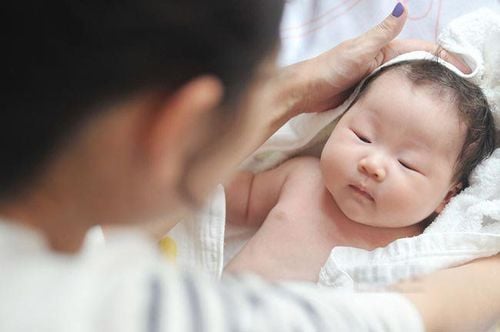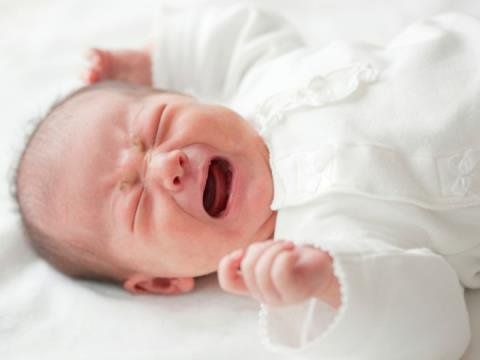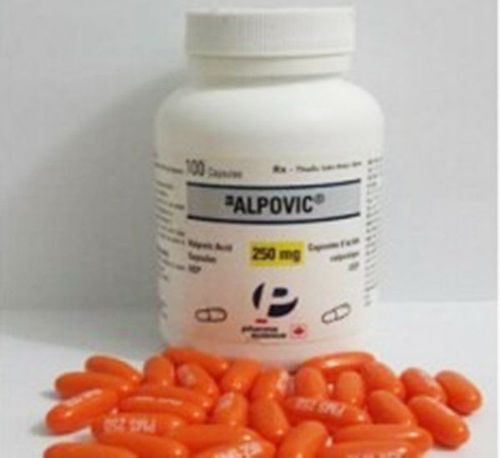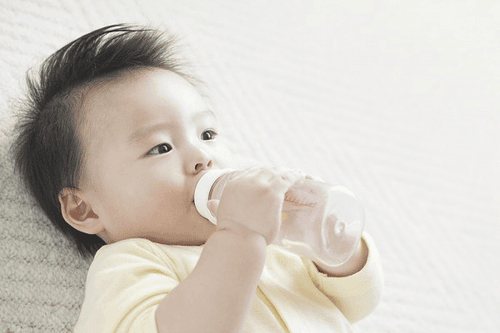This is an automatically translated article.
The article was professionally consulted by Specialist Doctor II Cao Thi Thanh - Department of Pediatrics - Neonatology - Vinmec Hai Phong International General Hospital.Febrile convulsion is a convulsion in an infant or young child that usually occurs between 3 months and 5 years of age. Most febrile convulsions are caused by a complex interaction between genetic predisposition (linked to multiple genes) and environmental factors, which are mainly viral and have a benign course. To help parents know how to promptly handle when their child has a high fever convulsion, here are the instructions of Doctor Cao Thi Thanh, Department of Pediatrics - Neonatology, Vinmec International General Hospital, Hai Phong.
1. Manifestations of febrile seizures in children
Seizures due to high fever often occur early, seizures are mostly generalized, bilateral, tonic-clonic type. When convulsions, children may have additional manifestations of vomiting, foaming at the mouth, pupils turned up, making their eyes white. These seizures are usually brief, generalized seizures that last no more than 5 minutes. After a seizure, the child may be lethargic or slow to sleep. This time can last up to an hour. Children usually have 1 seizure for 1 episode of fever. There are 2 types of febrile seizures, simple and complex. About one-third of children with febrile seizures are complex seizures. Features of simple febrile seizures:Typical seizures are generalized, hypertonic, and spastic. Convulsion time 15 minutes. The child did not have cognitive disturbances or any neurological signs after the attack. Features of complex febrile seizures:
Focal convulsions. Duration > 15 minutes. Having 2 or more seizures within 24 hours.

2. Progression of febrile convulsion in children
The rate of recurrence of febrile seizures is about 25-50%, about 9% having 3 or more seizures. 50% of the second attack occurs within 6 months of the first attack, 75% within the first year after the first attack, and 90% within 2 years of the first attack. 50% of children under 1 year of age with febrile convulsions recur. The higher the temperature, the lower the chance of a child having a seizure. Epilepsy rate: 2-5%. Most cases of fever followed by convulsions lasting more than 15 minutes, or multiple seizures within 24 hours are related to the child's underlying neurological disease. Factors that increase the risk of relapse are:Age of onset <12 months. Have a parent or sibling history of febrile seizures. Convulsions with fever <40 degrees Celsius. There are many convulsions in the first wave of illness. Early onset of seizures (<1 hour) after fever. Although febrile seizures cause panic in parents, they are considered benign and most pose no danger, unless the child is traumatized during the seizure. The mortality rate of children with febrile seizures (1 episode and lasting no more than 15 minutes) was not different from that of children without febrile seizures of the same age.
According to studies, there is no difference in intelligence of children with febrile seizures compared with siblings of the same parents without febrile seizures.
3. What should parents do when a child has a febrile convulsion?
When a child shows signs of convulsion, parents need to stay calm and should not panic. The child can be helped by the following steps:Place the child in a safe and spacious place to lie down. Safe position: Let the patient stretch his legs, bend to one side because the child will vomit if the food from the vomit gets in the way. Loosen the shirt around the neck, if there is a pillow, place the pillow under the child's head. Do not put anything in your child's mouth or try to pry his teeth. Do not press the child or try to use force to accompany the seizure. If the child has a fever, use an rectal antipyretic. Remember to take the last drug because it works late, so you have to do step 1 first without wasting time looking for the medicine. Once the bout has passed, the child may be confused or drowsy and need protection. Insert fever-reducing medicine through the anus if the child still has a fever. Immediately take the child to the nearest medical facility for timely examination and treatment. How to lower a child's fever
Put the child in a comfortable, comfortable position to clear the airways, avoid abnormal positions. Take off all baby clothes. Wipe cool when the child has a high fever of 39 degrees C by applying a wet towel with warm water 36 - 37 degrees C (baby water) on the armpits, groin and forehead. Regularly change towels so that the cooling of the child is done better and faster. Do not use ice because it will cause vasoconstriction and delay the cooling process. Wipe for about 15 - 30 minutes while waiting for the effect of the antipyretic. In combination with anal antipyretic: Paracetamol should be used at a dose of 10-15mg/Kg/time, which can be repeated after 4-6 hours. Treat the cause of the fever.

Pediatrics/Emergency Department at Vinmec International General Hospital has full coordination with doctors specializing in neurology, cardiology, gastroenterology, nutrition, psychology, endocrinology, and hepatobiliary medicine to help handle it quickly. , promptly when complications due to high fever appear. In the process of handling convulsions in children, the doctor will pay special attention to the following characteristics: history taking, clinical examination, and diagnostic approach. Laboratory tests may be needed:
Complete blood count, test for malaria parasites, blood sugar, dextrostix, ionogram. Lumbar puncture when clinical signs of meningitis are suspected, spinal fluid is used to perform biochemical, cytological, bacteriological, Latex, IgM, or serological tests for encephalitis. Electroencephalogram: to accurately diagnose epilepsy in order to choose the right treatment drug. EEG is indicated for high-risk children and when children have recurrent seizures that can lead to epilepsy. Brain echo through the fontanel. Perform a brain CT scan if the child is suspected of having a hematoma, brain tumor, or brain abscess but cannot do transfocal ultrasound or ultrasound with M-echo deviation. Indication of chest X-ray, blood culture, stool culture, nasopharyngeal microbiological test if necessary.
Please dial HOTLINE for more information or register for an appointment HERE. Download MyVinmec app to make appointments faster and to manage your bookings easily.














